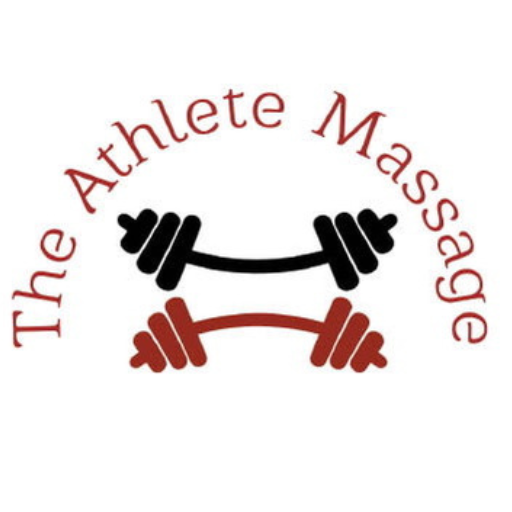When athletes push their bodies to the limit, recovery becomes just as important as training. One of the most effective—yet often overlooked—tools for recovery is Trigger Point Therapy. Whether you’re sprinting on the track, lifting heavy in the gym, or grinding through long bike rides, trigger points can hold you back in ways you don’t even realize. Let’s dive into what trigger points are, how they affect performance, and why this technique is a key component of the therapeutic work at The Athlete Massage.
What Are Trigger Points?
Trigger points are hyperirritable spots found in skeletal muscle. They often form as a result of overuse, injury, or chronic stress. You might feel them as tight “knots” or bands that refer pain to other areas—what seems like shoulder pain might actually be coming from your neck.
These spots restrict blood flow, reduce range of motion, and can cause sharp or nagging pain that doesn’t seem to go away no matter how much you stretch.
How Does Trigger Point Therapy Work?
Trigger Point Therapy uses direct pressure and release techniques to deactivate these points. This is often integrated into Deep Tissue Massage and Sports Massage sessions, depending on your body’s needs.
At The Athlete Massage, we apply sustained pressure using fingers, knuckles, massage tools, or even techniques like IASTM (Instrument-Assisted Soft Tissue Mobilization) when appropriate. This focused approach helps “reset” the muscle, improving circulation, reducing pain, and restoring proper function.
How It Integrates With Other Modalities
Trigger Point Therapy isn’t a stand-alone service—it’s part of a bigger strategy to help your body recover, adapt, and perform.
Deep Tissue Massage: These techniques target deeper muscle layers, and trigger point work is often woven in to address specific tight bands that limit function. Learn more about Deep Tissue Massage ›
Sports Massage: Before or after training, trigger point release can help improve flexibility, decrease DOMS (Delayed Onset Muscle Soreness), and reduce injury risk. Explore Sports Massage benefits ›
Assisted Stretching: Once trigger points are released, stretching is more effective and less painful. Why Assisted Stretching Matters ›
Cupping Therapy: When appropriate, we may use cupping techniques after trigger point release to draw fresh blood into the area and enhance tissue healing.
When to Consider Trigger Point Therapy
You might benefit from this technique if you:
Feel constant tension or dull aches in specific areas
Experience pain that moves or radiates from one point
Have limited range of motion or flexibility despite stretching
Hit a plateau in performance or recovery
This is especially common in the neck and traps, hips, hamstrings, calves, and shoulders.
What to Expect in a Session
Trigger point work isn’t always comfortable—but it shouldn’t be unbearable. Many clients describe it as a “hurts-so-good” sensation followed by immediate relief. Pete will always work within your comfort level and adjust pressure as needed.
At The Athlete Massage, no two sessions are the same. Each body presents differently, and each day brings different demands. That’s why Trigger Point Therapy is used as needed, not forced into a session when it doesn’t make sense.
Ready to Work Out the Knots?
Resources
Whether you’re dealing with stubborn shoulder pain or nagging tension in your hips, Trigger Point Therapy might be what your body’s asking for. It’s a cornerstone technique in nearly every massage Pete provides, helping athletes and active individuals across Tampa Bay move better and recover faster.

